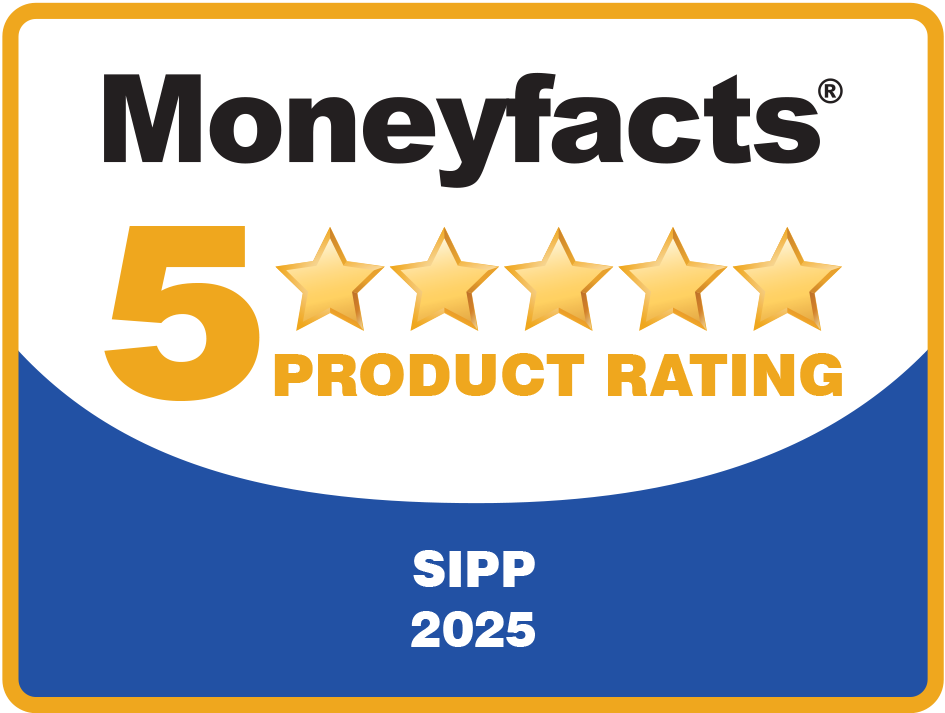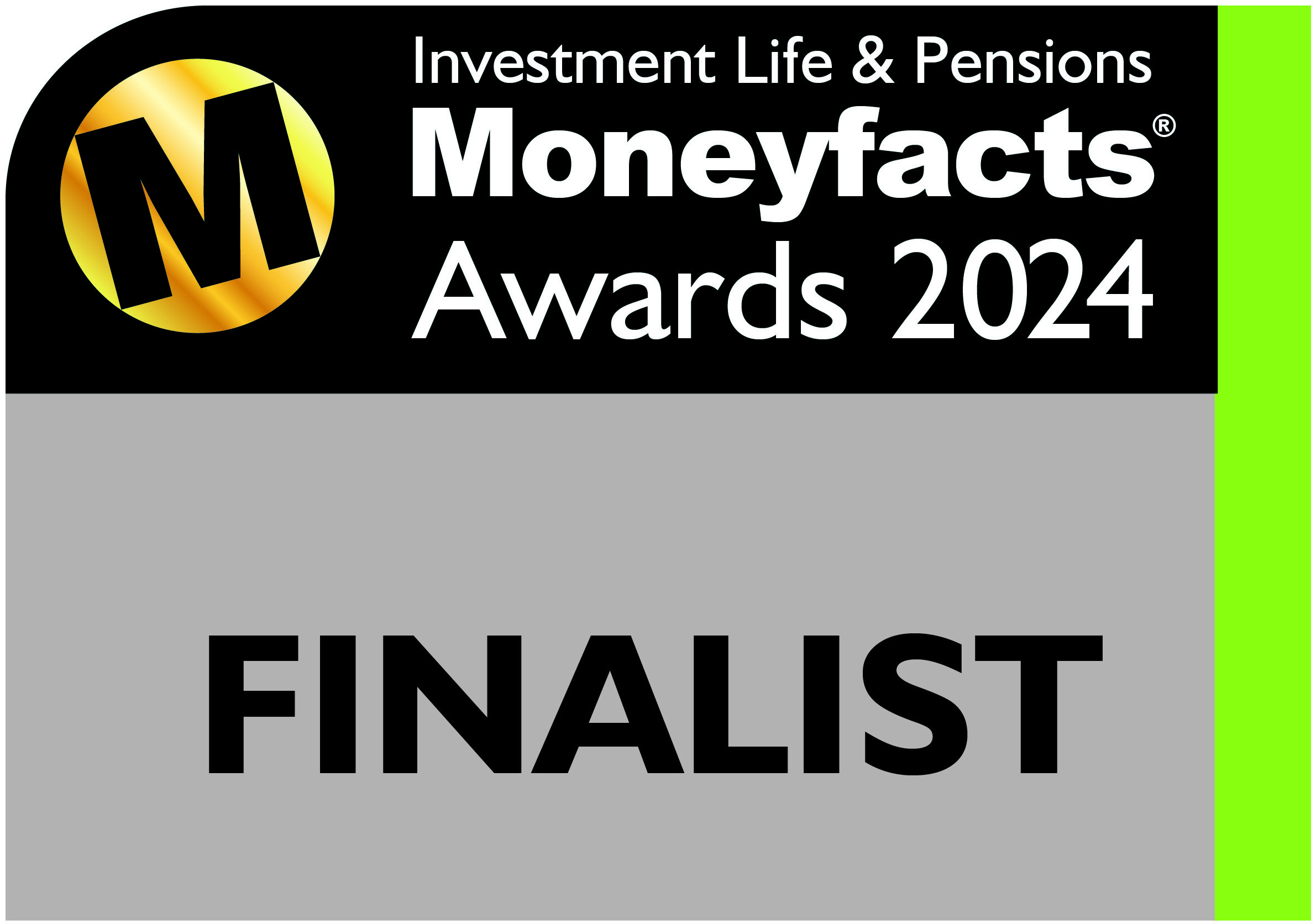SIPP or SSAS? What you and your clients need to know
If your client is looking to set up an investment regulated pension scheme, then they’ll probably be interested in a Self-Invested Personal Pension (SIPP) or a Small Self-Administered Scheme (SSAS).
Both are subject to the same HM Revenue and Customs guidelines and the basic rules surrounding investment, borrowing and lending are the same for both types of scheme.
However, there are important differences between a SIPP and a SASS. We’re often asked about the pros and cons of the different schemes, often when advisers have more than one client from the same company. Being firmly in the SIPP camp we naturally tend toward a SIPP, but the right choice depends on the specific circumstances of each scenario.
The pros and cons of a SSAS
A SSAS is an occupational pension scheme that is established by senior staff members of a business when they want more control over the investment decisions relating to their pensions; in particular, to use their pension plans to invest in the business.
As the name suggests a SSAS tends to be small with just a few members. Members are typically directors or spouses of the sponsoring employer, and other senior employees.
Each member of the SSAS is usually a trustee. This allows greater flexibility than most SIPP offerings, but there is a much higher degree of involvement in the administration of the scheme by the scheme members when compared to a SIPP.
There are also additional responsibilities placed on trustees, such as mandatory reporting to HMRC, arranging for the collection of tax relief, and the provision of scheme information to meet HMRC requirements.
Here’s another important difference between a SIPP and a SSAS. In a SSAS, assets are typically not allocated to each individual client. Instead, each client has a percentage beneficial ownership of the scheme.
The greater flexibility can be useful for people who want to use their pension schemes for their businesses, such as purchasing commercial property or making a loan from the scheme to the sponsoring employer. A SSAS can also purchase shares in the sponsoring employer.
In addition, for groups of clients, running a SSAS is typically more cost-effective than setting up several individual SIPP arrangements.
It’s important to note that a SSAS is not regulated by the FCA. This means that there is no distinction between standard and non-standard assets, as there is with a SIPP.
The pros and cons of a SIPP
A SIPP is a personal pension plan set up by an insurance company or specialist SIPP operator. Anyone can take out a SIPP providing they meet the provider’s eligibility requirements: these vary but can be based on a minimum fund size because of the higher costs involved in running a SIPP compared to a standard personal pension.
Under a SIPP, clients have their own arrangement(s) in one scheme administered by the SIPP provider. All clients’ assets are held within the scheme, but these are individually designated for the benefit of each member.
Most SIPPs are run on a Master Trust basis, meaning the SIPP provider acts as sole trustee and operator to the SIPP. Although some co-trustee SIPP arrangements are available, these work on a similar basis to a SSAS with regard to day-to-day administration.
Even though clients are not trustees, they still retain a high element of control. Most SIPP providers will not act unless instructed by clients or their appointed providers (unless in breach of HMRC guidelines).
As the SIPP provider is the sole trustee, they are responsible for all the ongoing reporting to HMRC as well as the day-to-day administration of the scheme. For example, a SIPP provider will submit one tax relief reclaim to HMRC for all clients that have made personal contributions to a SIPP on a monthly basis.
SIPPs also vary in levels of flexibility. Some SIPP providers will offer a lot more scope for investments and how benefits are drawn compared to other, simpler, ‘personal pension’ style contracts.
Finally, SIPPs are regulated by the FCA. This means that, at the less bespoke end of the market, there will be little appetite for investments deemed as non-standard by the FCA. Even those that do accept non-standard investments may not accept everything: for example, IPM will not allow unlisted share purchases.
Should clients choose a SSAS or a SIPP?
While there are pros and cons to each type of arrangement, the right choice will depend on each individual scenario. SSAS have been left behind as the SIPP industry has grown, but in recent years the SSAS is making a comeback with the number of new schemes being registered increasing over recent years
When advisers ask us the SSAS or SIPP question, the first thing we ask them is: ‘why would you consider a SSAS over a SIPP?’
A SSAS is the right avenue if their answer is:
- Clients want to buy shares in their company
- Clients want to make a loan to their company from the pension scheme
Cost can also be a factor. Typically, SSAS administrators will charge a fee to run the scheme in addition to a small ‘per member’ fee. So, if you have six directors using a pension scheme to purchase the company’s business premises, this can be more cost-effective than running six individual SIPPs.
However, the trade-off can be that each of these clients will be trustees, putting individual responsibilities on each of the clients. The ongoing administration of the SSAS, plus the need for all clients to sign scheme documentation in some instances, means that members end up committing additional time and effort to the management of the scheme.
Furthermore, trustee decisions must be unanimous so may not suit different levels of investment risk profiles between scheme members; think of someone approaching retirement as opposed to someone still building their pension savings.
Most clients who consider a SIPP or a SSAS are high net worth individuals busy running their own companies. Do they really want to run a pension scheme too?
Why we believe SIPPs will be a more suitable solution for your clients in most scenarios
It will perhaps come as no surprise for you to learn that, in most cases, we believe SIPPs are a better choice for clients!
One of the reasons for this is that SIPPs are individual arrangements. So, while a group of SIPP clients may come together to make a joint investment (for example, a property) any other action they take in regards to their pension (transfers in, contributions, other investments, taking benefits etc.) usually does not impact the other members of their group. Clients may not want their colleagues to know everything about their pensions!
Buying property can be testing enough. Buying a property through a pension can add an extra (but not unmanageable) layer of complexity. Under a SSAS, you then need to consider that each trustee (client) may need to sign all documentation relating to that purchase.
With a SIPP such as ours, all documentation can be signed in-house on the same day.
It’s true that the cost of running several individual SIPPs can be more expensive than running one SSAS. Of course, this depends on which SIPP provider you work with – note that we’re one of the most cost-effective SIPP providers in the market for SIPP property purchase!
However, clients may be happy to pay some additional fees so that:
- They are not trustees to the pension
- They can keep their pension benefits separate from their colleagues, especially where someone leaves the company. Under a SSAS they could still be a trustee
Finally, a SIPP can be established immediately whereas the time to establish a SSAS can vary. As the SSAS needs to be registered with HMRC, this can delay when payments can be made which is particularly crucial around the end of the tax year or the company year end. The registration process can take up to six months.
Transfers from SIPPs to a SSAS (or vice-versa) can be arranged later
Even if the need for a SSAS arises further down the line – for example, to facilitate a loan to the company – a transfer from SIPPs to a SSAS can be arranged.
Even if there is a property involved, as long as clients aren’t in full drawdown a transfer of the liquid assets from the SIPPs to a SSAS can be arranged, leaving the property with the SIPP provider.
Read: Everything you need to know about transferring a SSAS or SIPP when a property is involved
Conversely, a SSAS may have been appropriate when the scheme was originally established. But, as clients’ lives and their businesses change, so might their choice of pension vehicle. Reasons why a client may want to change their arrangements include:
- A loan made to the company from the SSAS has been paid off
- Members of the scheme start receiving income. Here, PAYE tax may need to be paid by the scheme trustees (i.e. clients) and a SIPP provider will do this for them
- They retire from the business and therefore may not want a joint pension arrangement
- They sell their business and do not want to run a pension scheme any longer
- They sell the main asset (e.g. a property) and a complex solution like a SSAS is no longer necessary.
If you have any questions about whether a SIPP or a SSAS is more suitable for your clients, please get in touch. Email info@ipm-pensions.co.uk or call 01438 747 151.



